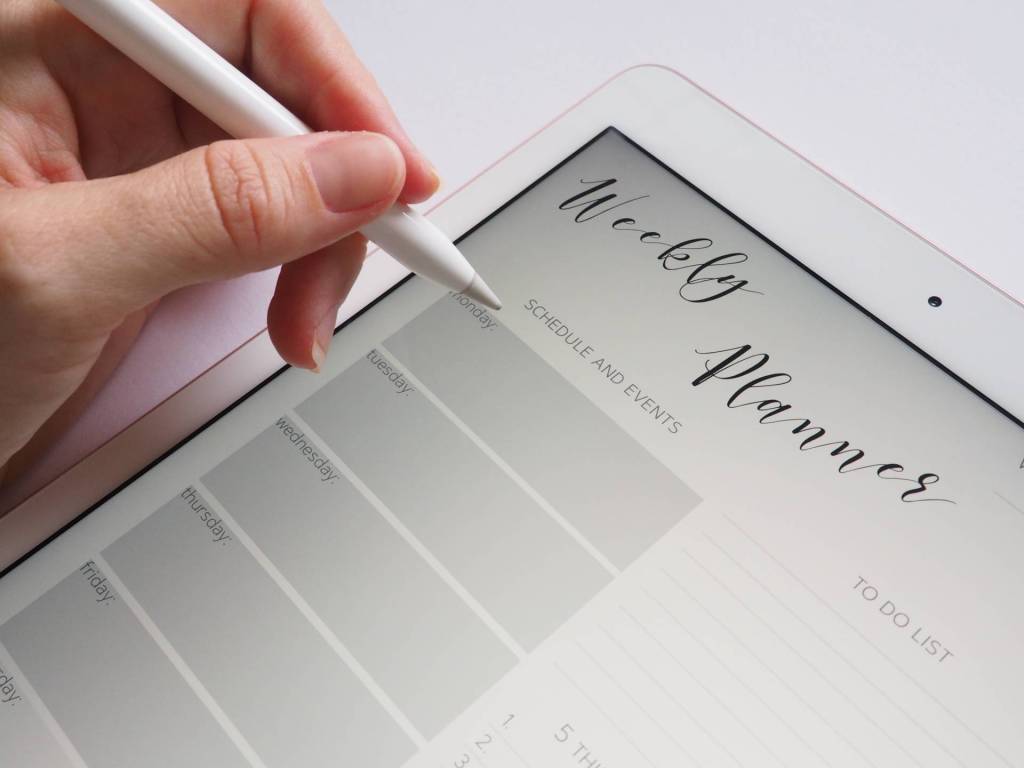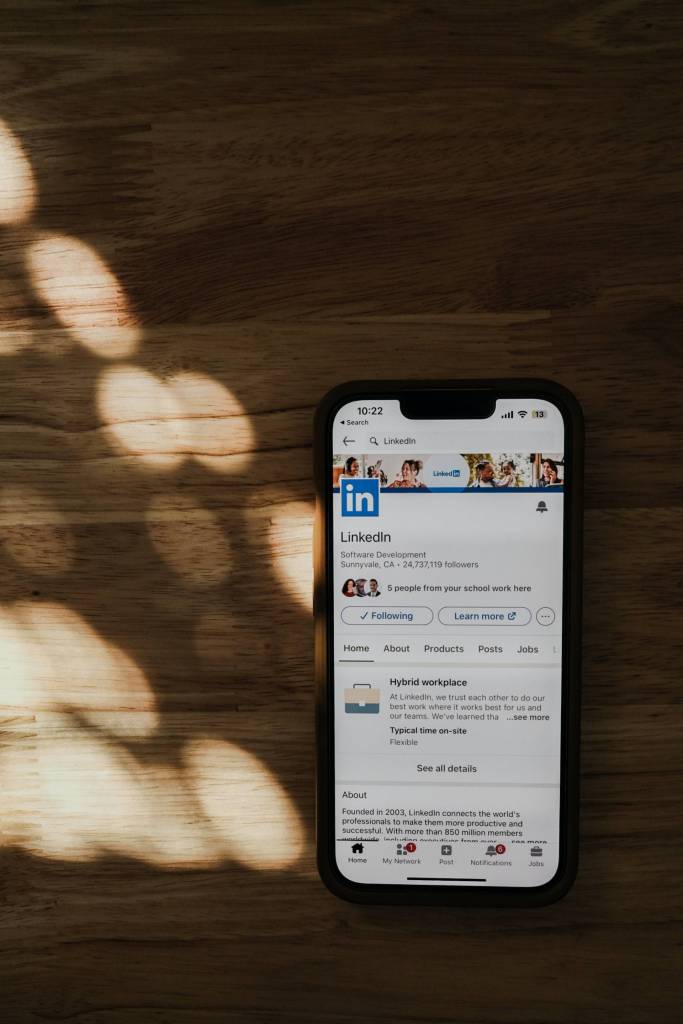Have you ever been part of a talk where, even though the presenter seemed to have their facts and information right, the presentation seemed flat? Or maybe you’ve been that presenter who’s worked so hard on their presentation that you actually overdo it, and end up losing that authentic edge to your work by belaboring the information with statistics and data that distract from the story.
Either way, it’s very easy to fall into that trap. So, you have to ask yourself, how do great communicators make sure that while they present accurate and (sometimes) dense information, they still manage to come across as personable and entertaining?
Different personalities
Being authentic is all about being yourself. If you have passion and emotion brimming from you, let it show in your interaction with others. If you’re the quiet type, keep cool and calm, and the people you interact with will appreciate it.
Often, when we’re uncomfortable or unsure of ourselves, we default to copying someone else’s behavior and habits. [tweet this]
To use a popular phrase, stay in your lane. Don’t try and be someone you’re not, or exude personality traits that don’t come naturally to you.
In order to do this, practice. Practice your presentations and interactions. Even the popular “elevator speech” or even how you introduce yourself – make sure you practice.
Being authentic takes time
To be authentic– whether it is during a presentation, board meeting, networking event, or a sit-down with a client—requires practice. When you are practicing in front of the mirror, take note of your expressions and gestures.
By far, your physical gestures are responsible for how authentic you come across. In this regard, we’ll tackle your physical presence in two key situations: during presentations, and for one-on-one interactions.
(i) Presentations
During presentations, your body language is very important. If you are using presentation software, pull yourself away from the screen. Instead of showing your back to audience, practice looking at the audience as much as you can. Let the slides play second fiddle to your actual talk.
Gestures amplify your presentation. If you are articulating how little the company missed its quarterly projections to investors, let the small gap between your index finger and thumb emphasize it. Conversely, wide space between both arms shows how big the company plans to expand.
Stand up straight, maintain eye contact, avoid folding your hands or putting them in your pocket, and speak up. Practice what you are going to say, and anticipate the kind of questions that will be put forward. There’s no substitute for preparation.
(ii) One on one interactions
While you can get away with small miscues during presentations, you are in full view of your audience during one-on-one interactions. Any smirking, wrinkling of the nose, or uncomfortable shrugging of shoulders will be immediately noticed. During face to face conversations, you have to be at your best.
Don’t pretend. Be yourself at all times. Articulate your message clearly to show the other person you mean what you say. Back up any claims with facts, and listen to the other person when they speak. Present the facts, back up with credible information, and let the person decide for themselves.
In conclusion, being yourself (and prepared) is what will lead the audience to view you as credible and authentic. Focus on your part, and don’t worry yourself much about the audience. If you truly show your personality and endear to them in your own unique way, they’ll like and trust you.












